When one thinks of Egypt, an image of the Great Pyramids of Giza immediately comes to mind. However, while the Great Pyramids of Giza are indeed spectacular and must absolutely be visited, there is so much more to Egypt than just the ‘pyramids’.
Thanks to the rich history the ancient Egyptians left behind, people worldwide are in awe of this ancient civilization and would give anything to stand at the foot of the pyramids or wonder through temples that have stood the test of time.
What many potential tourists may be unaware of however, is the fact that the ancient Egyptian’s aren’t the only significant historical era in Egypt. In fact, Egypt has gone from its own rule, to Greek rule to Roman rule to Ottoman rule, until eventually it had come under the British occupation of the 19th century and then turned from a monarchy into a republic following the 1952 revolution.
These many different periods of time have all contributed to a culturally rich, and somewhat diverse, history whose remnants can still be both seen and felt. Other than the glorious remnants of history scattered across the country, many of Egypt’s cultural traditions that are also still practiced by locals across the country today are well worth experiencing; from a tanoura folk dance show to a Sufi darawish (dervish) session (a religious ritual accompanied by dance and music).
And if that’s not enough, the country has a variety of some of the best beaches in the world, both across the Mediterranean and Red Sea, as well as a multitude of desert landscapes to explore – from sand boarding to the edge of Magic Lake in Fayoum to camping under the stars in the White Desert.
All that being said, despite the fact that tourism has always been one of the country’s main contributions to the economy, the number of tourists has been fluctuating over the years… rising and declining in accordance to the current social and political climate. While there have been many efforts to revive and re-establish tourism since the 2011 revolution, from establishing the new Grand Egyptian Museum to building new cities across the country, the COVID-19 pandemic had its effects on both tourism as well as ongoing plans.
In any case, while number of tourists seemed to be steadily rising prior to the pandemic and the Ministry of Tourism have been making great efforts towards revitalizing the country’s tourism through various campaigns, below are a few examples of the extent of just how much Egypt has to offer tourists from across the world.
Ancient Egyptian Monuments, Museums
From the Abu Simbel Temples in Aswan to the Temple of Hatshepsut in Luxor and the Great Sphinx of Giza in Cairo, there a multitude of ancient monuments across Egypt that will simply put anyone who visits in awe.
The bulk of ancient monuments and temples to be visited can mainly be found across the beautiful governorates of Luxor and Aswan, both of which surround the serene waters of the Nile River.
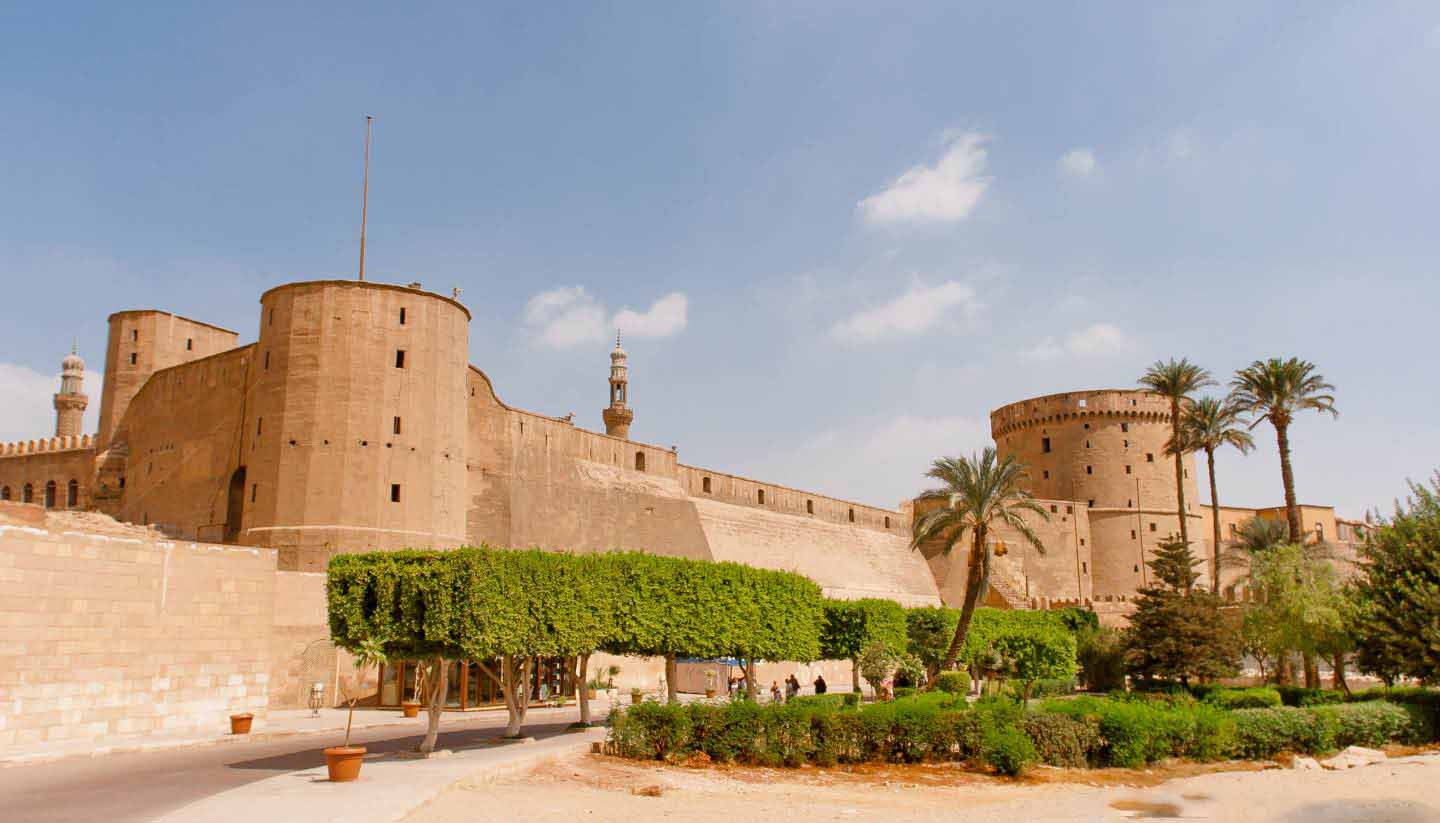
Other than these more well-known monuments however, there are also a number of ancient temples and monuments that can be found in lesser known cities and governorates across Egypt. There is for example, the Temple of Khnum that is located in the small Nile city of Esna. In addition to this, one can also find ancient churches that date back to the 4th century in the Coptic Cairo area of Egypt such as the Saints Sergius and Bacchus Church; not to mention the Citadel of Salah El Din in Cairo, a medieval Islamic-era fortification that was built around the 12th century.
And then there are museums. Egypt has a wide number of all types if museums that are worth visiting. Other than the more well-known ones that house ancient Egyptian artifacts and the like (such as the current Egyptian Museum located at Downtown Cairo’s Tahrir Square), there are many museums that also house art and and other interesting pieces from Egypt’s history. Examples of these are the Museum of Islamic Art in Cairo and even the Um Kulthoum Museum, in which one can kind various items belonging to the late legendary singer.
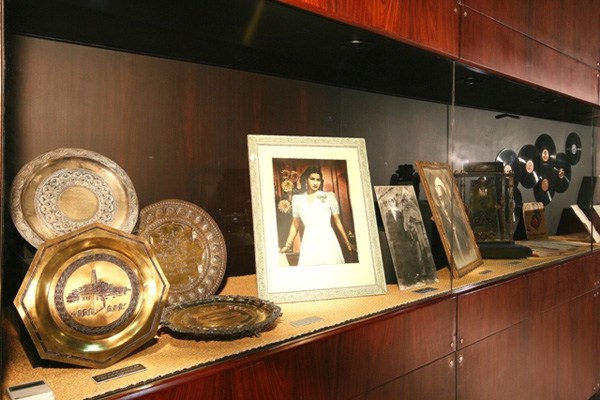
Architectural Gems Across Governorates
Egypt has wonderful architectural heritage that can be found all across the country. When it comes to Cairo, one can muse at the 18th century Islamic architecture of Beit el Suhaymi, the 19th century Mohamed Ali Palace in el Manial, the Hindu-inspired architectural grandness of the Baron Empain Palace or even stroll along the late 18th and early 19th century architecture of downtown’s buildings.
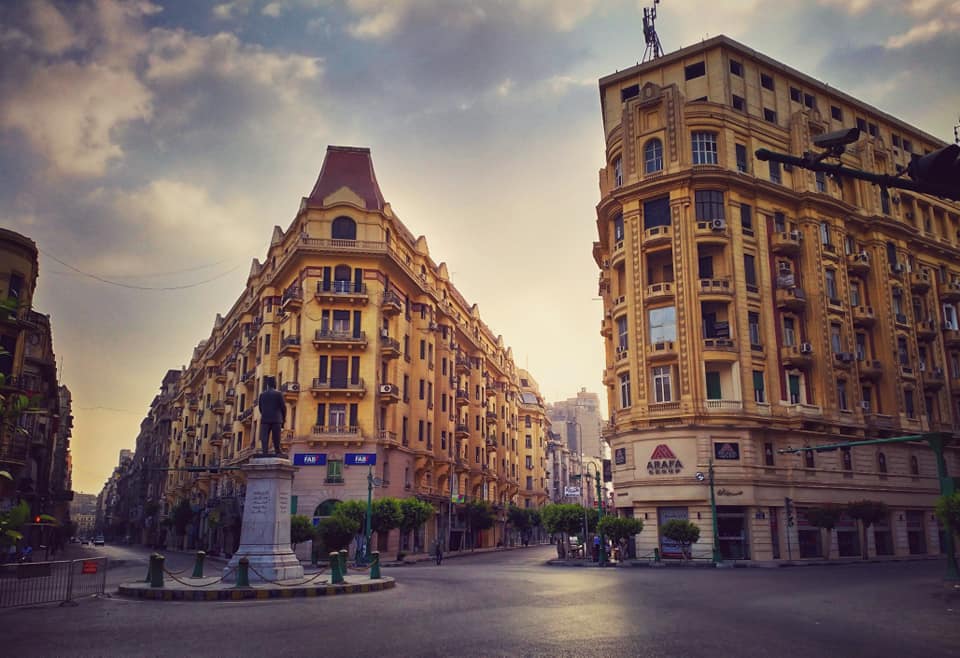
The city is full of architectural gems, some of which are known and some of which must be sought after, from palaces and old Neo-Renaissance style buildings to withering old luxury villas that are on the brink of collapse, yet still hold an air of nostalgia to a revered time in Egypt.
These buildings can be found across a number of Egypt’s governorates as well as Cairo. Alexandria is full of wonderful old architecture and palaces such as the Montaza Palace, so is the scenic city of Ismailia which is full of beautiful homes still intact since the British occupation such as Ferdinand de Lesseps’ house and office, as well as the city of Port Said.

Beaches and Deserts
Egypt boasts soft sandy beaches with pristinely blue waters, as well as majestic desert landscapes – each of which offer a different kind of magical experience that is both unique and memorable.
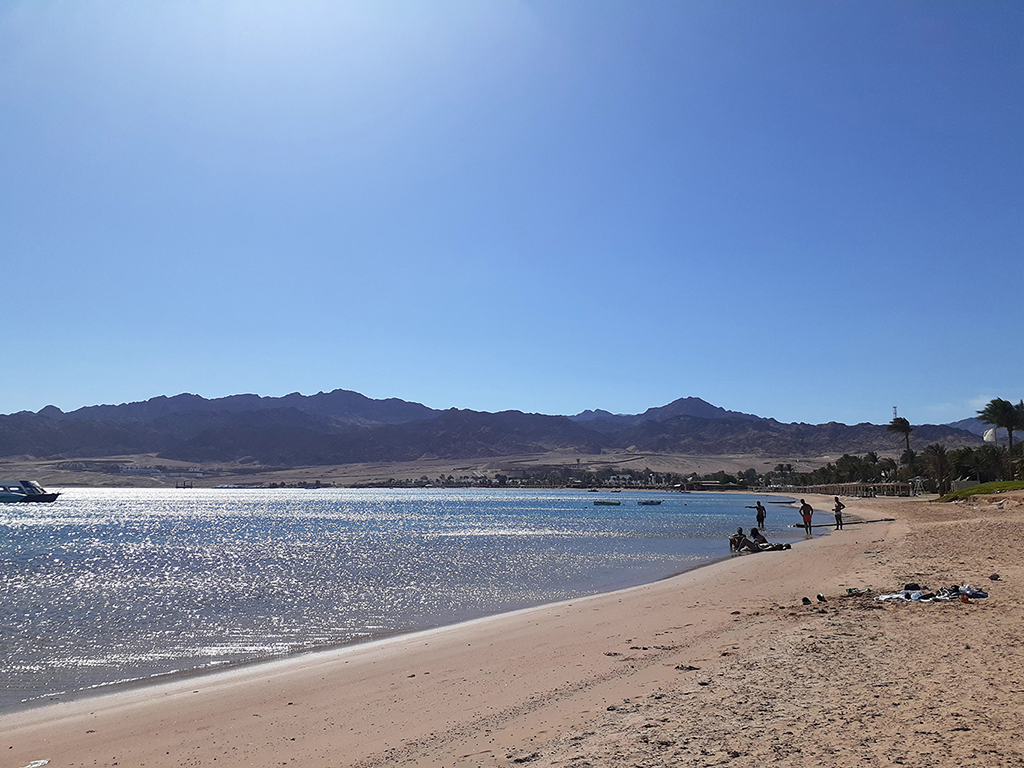
Whether one chooses to visit the Mediterranean across the North Coast, or the serene and colorful waters of the Red Sea in the likes of South Sinai, Hurghada or Marsa Allam… Egypt’s beaches are known for their beautifully soothing nature. In addition to this, some of the best and most well-known diving spots in the world are located in Egypt, at areas such as Dahab’s Blue Hole or Sharm el Sheikh’s Ras Muhammad.
Other than beaches however, one can also experience the profound beauty of the desert, from bedouin nights nestled in the mountains of South Sinai to camping in in the middle of nowhere in the likes of Fayoum. There’s also the wonderful Siwa Oasis of the Western Desert, a small urban oasis that holds a unique charm unlike anything or anywhere else.
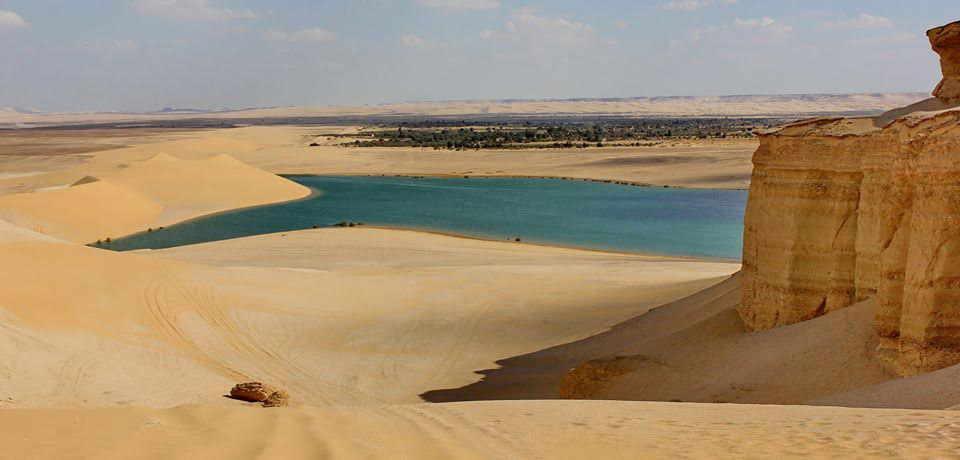
One can go on an on about the numerous magical wonders and experiences that Egypt has to offer; ultimately however, these are things that words or images cannot quite do justice for.







Comments (0)